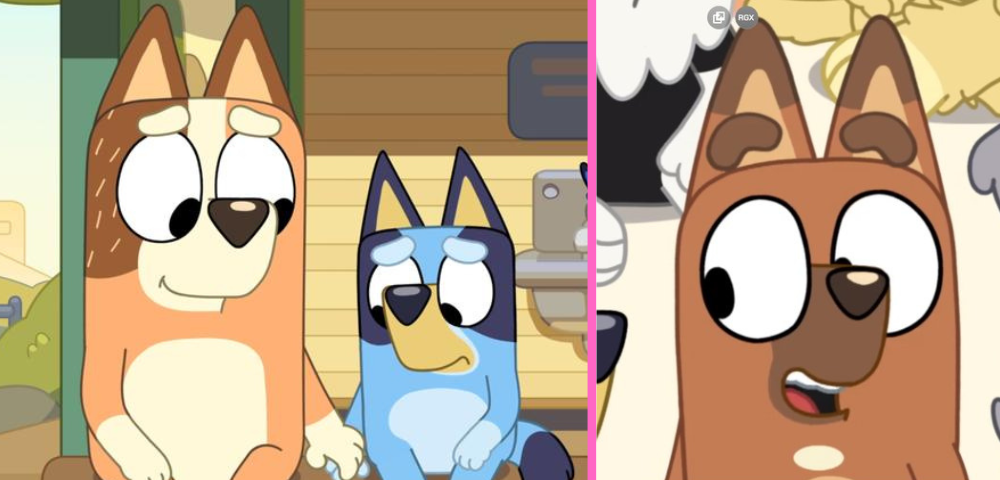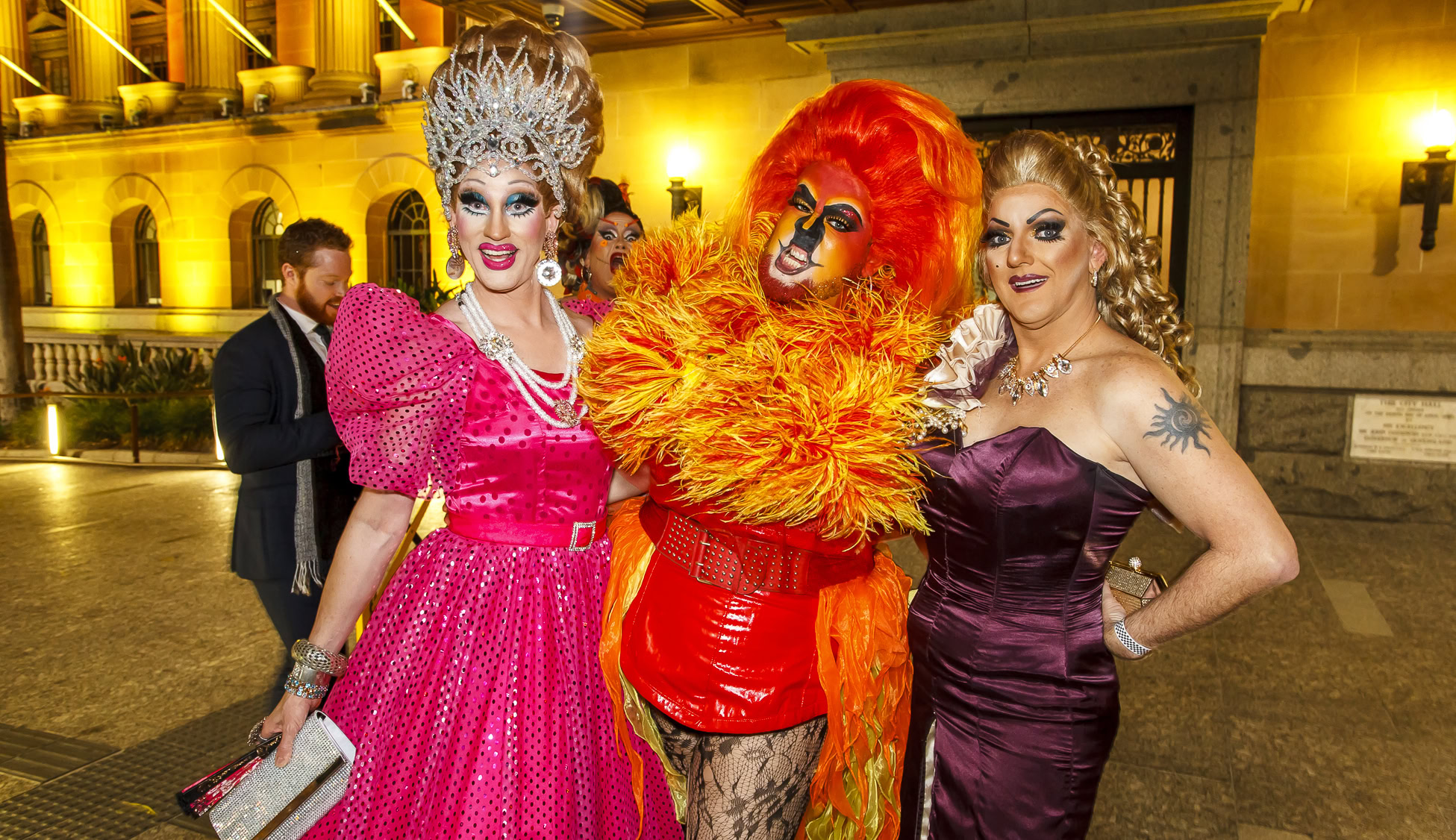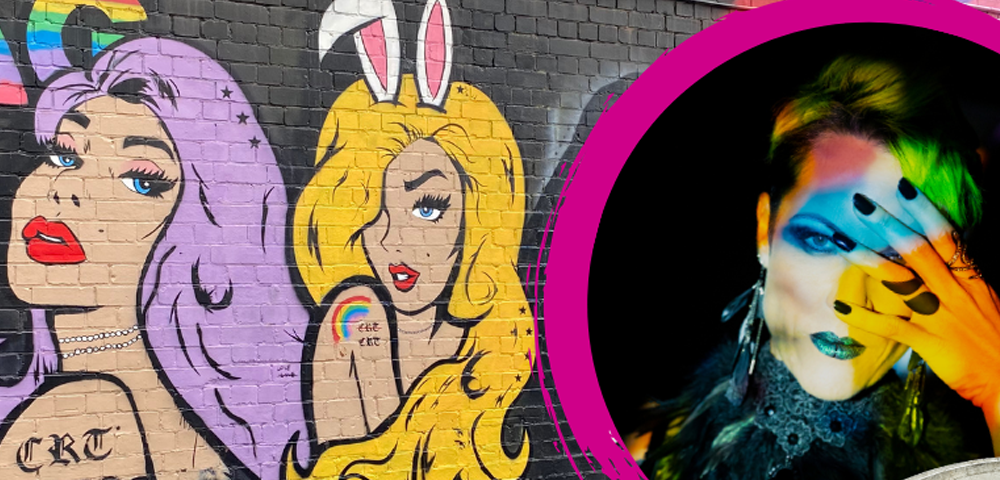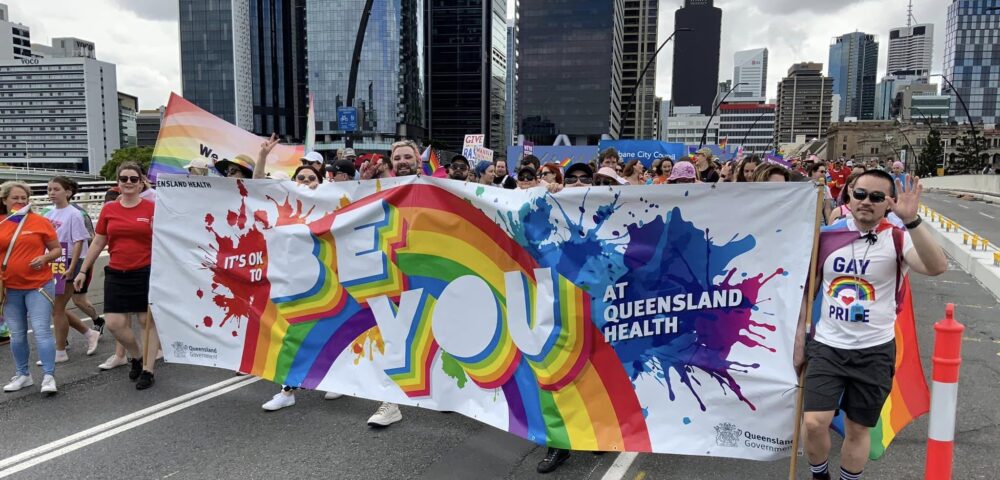
What is HTLV-1?
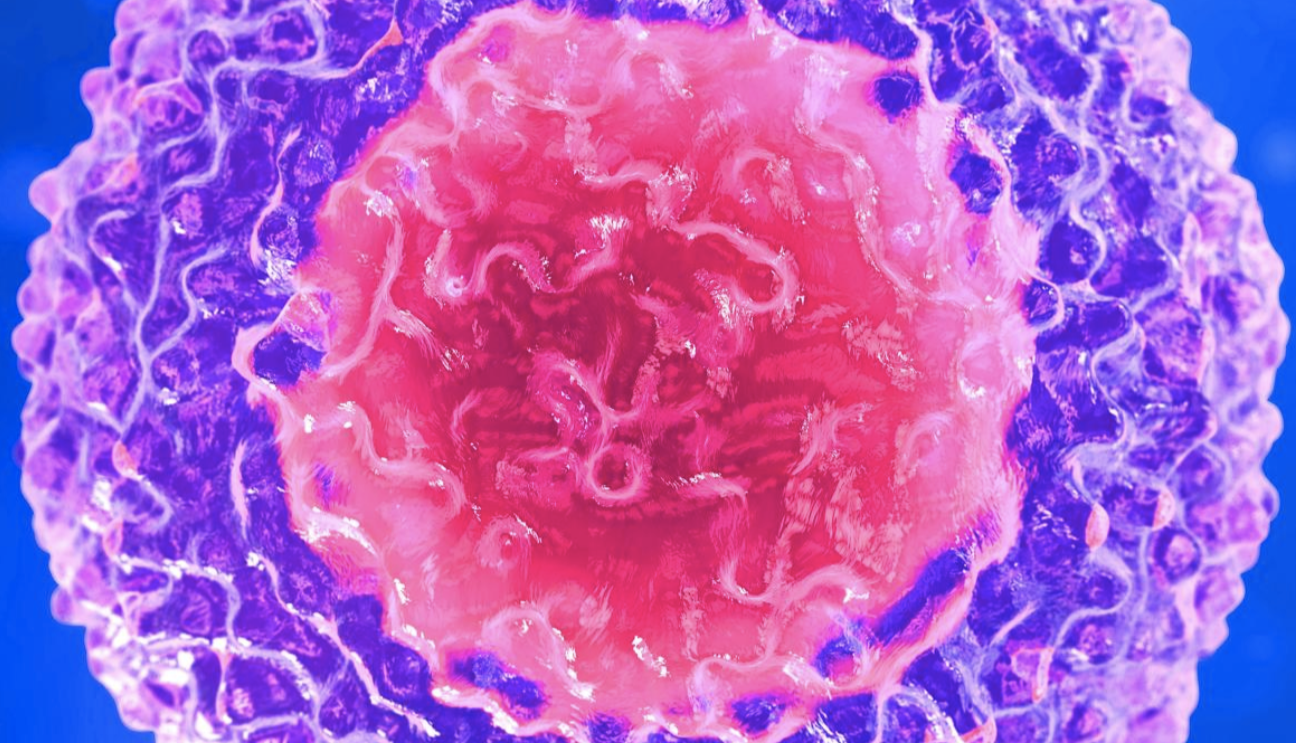
Queer activist and philosophy lecturer Joshua Badge provides an explainer on Human T-Lymphotropic Virus Type 1.
***
What is HTLV-1? How is it transmitted?
HTLV-1 is a kind of virus which damages the immune system. If left untreated it can lead to painful and debilitating conditions like inflammation of the spinal cord and lung disease. It can also cause a rapidly fatal leukaemia in a number of patients. HTLV-1 can be transmitted through blood, condomless sexual contact and needle sharing.
Sounds a little bit like HIV.
Yes! That’s because they are the same type of virus. And just like with HIV there is no cure or vaccine for HTLV-1. There are important differences though: HTLV-1 does not lead to AIDS if left untreated. Instead, it causes a variety of other unpleasant and potentially fatal medical conditions like those described above.
How common is HTLV-1? Why have I never heard of it before?
There are some 20 million people living with HTLV-1 in the world in places like Japan, Brazil, and Papua New Guinea and significant populations in the UK and France as well. Though it might surprise you to learn that Australia has some of the highest rates of HTLV-1 in the world.
HTLV-1 was actually discovered several years before HIV by the very same researcher, but scientific research and the media have tended to focus on one over the other. This is slowly changing though so you’ll probably hear more about it in the next few years. The main reason that you’ve never heard of it is because in Australia it mainly affects Indigenous people. Last year the Baker Institute surveyed five Aboriginal communities in central Australia finding that more than 45 per cent of adults tested positive for HTLV-1.
Sounds scary, should I be worried?
Chances are that if you’re a white Australian, HTLV-1 probably doesn’t affect you directly at all. There is only one confirmed case of a white Australian having acquired HTLV-1 and there’s no evidence that this number will dramatically increase any time soon—there’s no need to be alarmed.
In fact, one of the reasons why HTLV-1 has gone ignored for so long was because researchers were worried about sensational news reporting. There is also the related issue of stigma: HTLV-1 is in danger of being branded a ‘blackfella disease’ in the same way that HIV was disparaged as a ‘gay disease’. So it’s important to learn about the situation without encouraging hysteria or public condemnation. Gay people bore the brunt of moral panic during the AIDS crisis and more recently have had to cope with melodramatic reporting on PEP and PrEP. It is important that we approach HTLV-1 with the same level of sensitivity as queer health issues.
So what’s the first step?
There is a huge disparity between Indigenous and non-Indigenous people in the area of health. There is often a lack of interest or misunderstanding about the issues that face Aboriginal communities, so the first thing that we can do is listen to them and learn. It goes without saying that Indigenous people deserve the highest possible standard of health. Queer folks have had to fight for decades to secure their right to good health and now many of us are in a position to help others in their struggle.
One pressing issue is that the HTLV-1 blood test isn’t covered by Medicare. This means that testing is expensive and can take up to six months to return a result. The cost might prevent people from getting tested while the anxiety-inducing wait period keeps them in the dark.
So, one thing queers can do is to lobby for the HTLV-1 test to be put on the Medicare Benefits Schedule to ensure that everyone can access sexual health testing. We can also support funding for HTLV-1 research and multilingual health campaigns that are devised and controlled by Aboriginal people. It is especially important to start conversations around these issues as there are no organised campaigns just yet. However, LGBTI health organisations and AIDS councils are well placed to support Aboriginal people in LGBTI communities.
Okay, what shouldn’t I do?
People of colour and Indigenous people already face sexual racism, particularly in the gay male community. One danger is that some white gay people might discriminate against Indigenous people, using HTLV-1 to disguise their racism. HTLV-1 is not as easily transmitted as HIV and condoms are just as effective. There is no room for ambiguity here: there is no valid reason to avoid sexual relations with Indigenous people or people living with HTLV-1.
Indeed, we should reject any attempt to perversely use HTLV-1 as a vehicle to entrench sexual, casual or explicit racism in LGBTI communities. Any such discrimination is the same kind of ill informed prejudice as HIV-stigma combined with regular, everyday racism.
So it’s about understanding and respect?
People living with HIV often face rejection and violence and it could be the same with people living with HTLV-1. To combat this, it is essential that we approach the issue with empathy and compassion. Of course, Aboriginal people have always been involved in LGBTI struggles. Gay Aboriginal men, brotherboys and sistergirls were early HIV activists and Indigenous people campaigned for same-sex marriage during the postal survey, among much else. Queer solidarity is long overdue.




